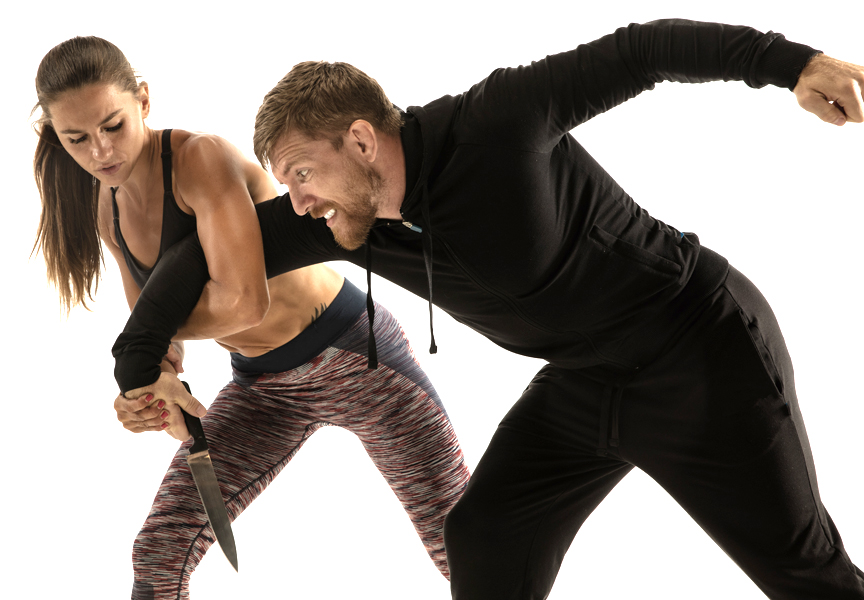Random Free Articles
- Martial Arts Compulsory in Educational Institutions for a Healthier Society

Martial Arts Compulsory in Educational Institutions for a Healthier Society In today's fast-paced and increasingly sedentary world, the importance of physical activity cannot be overstated. Sedentary lifestyles contribute to a myriad of health issues, ranging from obesity to cardiovascular diseases. As societies grapple with these challenges, it becomes imperative to explore innovative solutions to promote physical well-being. One such…
- Understanding Qi

The Vital Life Force in Traditional Chinese Medicine In the realm of traditional Chinese medicine, few concepts are as central and enigmatic as "Qi" [Chin.: Qì 气]. Pronounced as "chee," this ancient notion has captivated the minds of scholars and practitioners for centuries. Qi is often described as the vital life force or energy that flows through the human body, as well as through all living things and the universe…
- The Rise of Competitive Self-Defense

Turning Survival into a Sport In the ever-evolving landscape of self-defense, a new phenomenon has emerged – competitive self-defense. What was once seen solely as a means of protecting oneself from harm has now taken on a competitive edge, blurring the lines between survival instinct and sporting prowess. This paradigm shift has given rise to a fascinating debate about the intersection of self-preservation and athleticism, raising questions…
- Martial Arts. Pursuit, Not a Fad

In a world where trends and fads come and go like fleeting seasons, martial arts stands as a testament to enduring tradition, discipline, and profound physical and mental development. While some might perceive martial arts as a passing craze or a mere form of entertainment, its roots run deep, and its relevance transcends time. In this article, we will explore why martial arts is not a fad, but rather an enduring practice that has stood the…
- The Lethal Phoenix Eye Fist

In the world of martial arts, where every move carries significance, there exists a technique that epitomizes precision and concentrated force: the Phoenix Eye Fist [Chin.: Fèng yǎn quán 凤眼拳]. Unlike conventional strikes that disperse energy across multiple points of contact, the Phoenix Eye Fist channels the entirety of its power into a singular focal point, amplifying the damage inflicted to unprecedented levels. Imagine the force…

